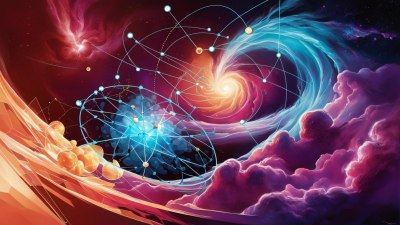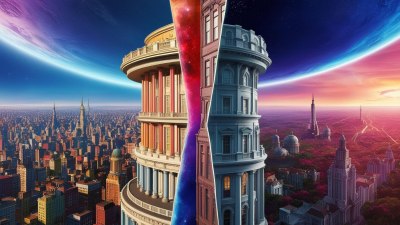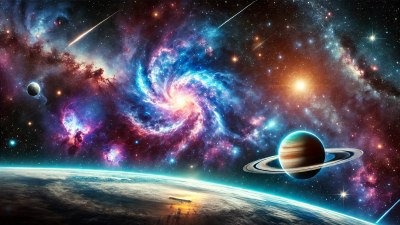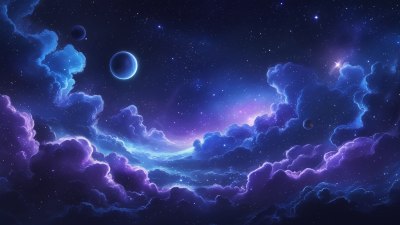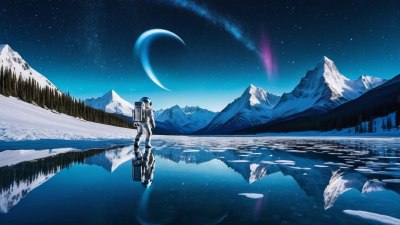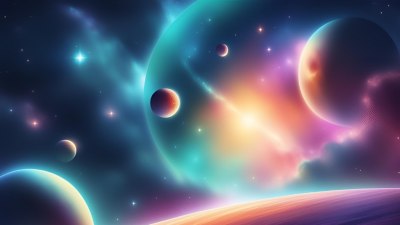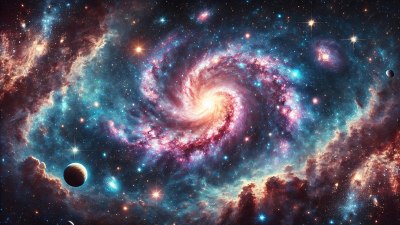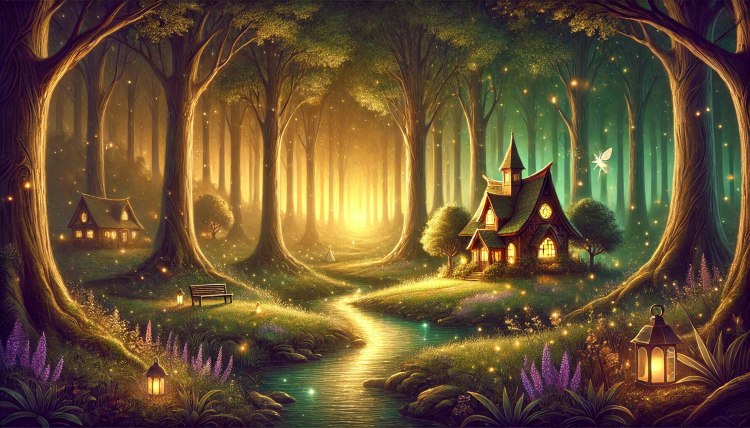How the James Webb Telescope Is Rewriting the Story of the Universe
Discover how the James Webb Telescope is rewriting the story of the universe, revealing new worlds, galaxies, and secrets of space in ways we've never seen before! 🌌
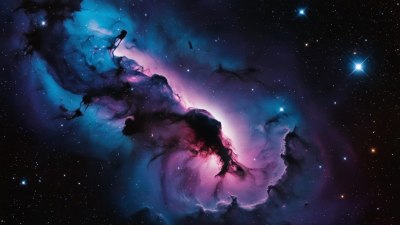
Photo via Canva.com/AI Generated Image
When NASA launched the James Webb Space Telescope (JWST), space lovers everywhere were buzzing with excitement — and for good reason. This isn't just any telescope; it's a game-changer. Since its launch, JWST has been delivering jaw-dropping images and revealing cosmic secrets that are literally rewriting the story of our universe. If you think space is just about stars and planets, get ready to have your mind blown.
What Makes the James Webb Telescope So Special?
First, let's talk about why JWST is such a big deal. Imagine the Hubble Space Telescope — you know, the one that gave us those incredible galaxy pictures — but on steroids. JWST is way more powerful, with the ability to see much farther into space (and back in time).
Here are a few reasons it's stealing the spotlight:
- It can see infrared light, which means it can peer through cosmic dust clouds to spot stars and planets being born.
- It's so sensitive it can detect the heat of a bumblebee from the Moon (okay, not literally — but pretty close).
- It looks deeper into space than any telescope before, capturing light that traveled for over 13 billion years. Yes, billion with a B.
Peeking Into the Dawn of the Universe
One of the most exciting things JWST is doing? Letting us see the universe as it was shortly after the Big Bang. By catching the faint light of some of the earliest galaxies, JWST is giving scientists a front-row seat to the cosmic fireworks show that created everything we know.
Before JWST, we could only guess what those early galaxies looked like. Now, we have photos showing galaxies from over 13 billion years ago — when the universe was still a baby. It's like finally getting to read the first pages of a book we've been reading from the middle.
Discovering New Worlds — And Maybe New Life?
JWST isn't just looking at distant galaxies. It's also checking out planets around other stars — called exoplanets — to see if they might be able to support life.
How? By analyzing the starlight that passes through an exoplanet's atmosphere. If certain chemicals (like water vapor or methane) are present, it could mean there's a cozy little world out there that might even have life.
Imagine finding a planet with clouds, rain, and oceans light-years away. JWST is making that possibility a lot more real.
Cracking Mysteries About Black Holes and Dark Matter
If you think black holes are mysterious, you're not alone. Scientists still don't fully understand them. But JWST is helping pull back the curtain.
By observing how galaxies form and evolve, JWST is giving clues about how supermassive black holes — the gigantic ones at the center of galaxies — actually form. Plus, it might help shine some light (pun intended) on dark matter, that invisible stuff that makes up most of the universe but has never been directly seen.
Some of the Coolest Discoveries So Far
Let’s take a moment to appreciate a few jaw-dropping things JWST has already done:
- Captured crystal-clear images of galaxies swirling in deep space, with details never seen before.
- Found galaxies that existed just a few hundred million years after the Big Bang — way earlier than we thought galaxies could form.
- Spotted new exoplanets and gathered info about their atmospheres, moving us closer to finding Earth-like worlds.
- Revealed stunning views of star nurseries, where new suns are being born right now.
And this is just the beginning — JWST has a long space career ahead!
Fun Facts About the James Webb Telescope
- JWST orbits the sun, not Earth, and it's parked about a million miles away at a spot called Lagrange Point 2.
- Its golden mirror is over 21 feet wide — the size of a tennis court.
- The telescope has a huge sunshield, about the size of a tennis court, that keeps its instruments cold enough to detect faint heat signals from distant galaxies.
- It took over 25 years to build, involving thousands of scientists and engineers from all over the world.
What Does This Mean for Us?
So, why should we care about distant galaxies and weird planets? Because learning about the universe helps us understand our own place in it.
JWST is showing us that the universe is bigger, stranger, and more beautiful than we ever imagined. It’s also reminding us that Earth is pretty special — at least for now, it's the only planet we know with life.
Plus, there’s something awe-inspiring about realizing we’re part of a story that started billions of years ago, written in stardust and light.
Final Thoughts: The Universe, Rewritten
Thanks to the James Webb Space Telescope, we’re not just looking at pretty pictures — we’re uncovering new chapters in the history of the cosmos. Whether it’s peeking into the past, finding new worlds, or solving cosmic mysteries, JWST is proving that space exploration still has plenty of surprises left.
So next time you look up at the night sky, remember: we’re only just beginning to understand what’s out there. And thanks to JWST, the universe is telling us its story in ways we’ve never heard before.
What Do You Think?
Are you fascinated by space and the discoveries JWST is making? If you could visit any planet or galaxy it’s found, where would you go? Share your thoughts in the comments — and if you loved this article, share it with your fellow stargazers!

